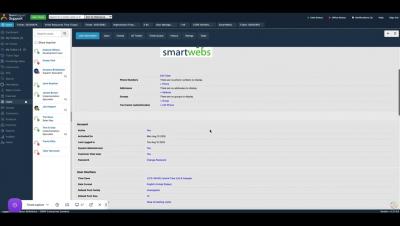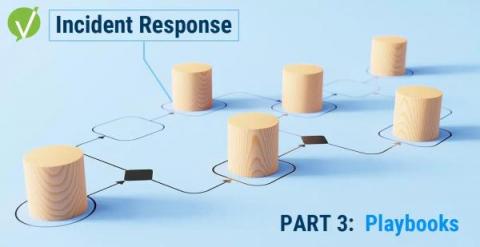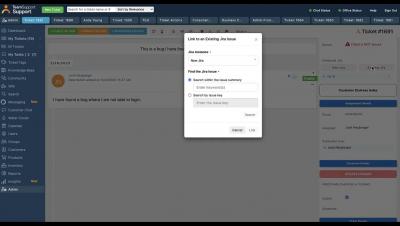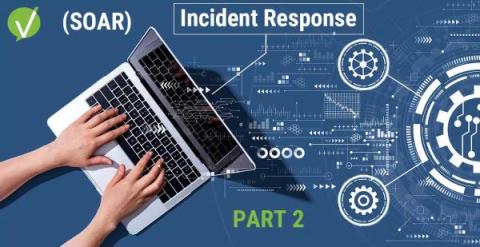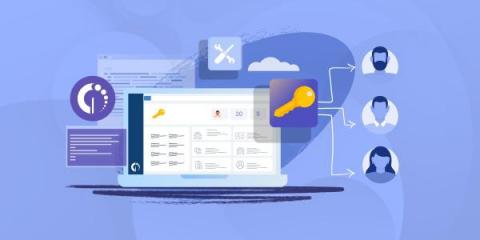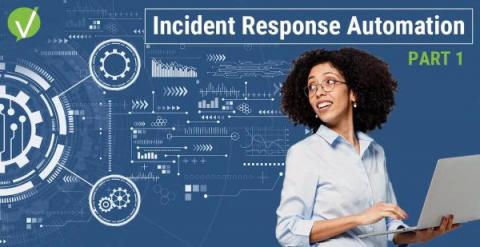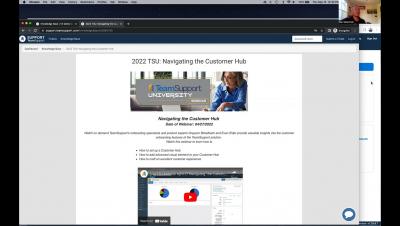Teams | Collaboration | Customer Service | Project Management
Customer Service
Incident Response Automation: Part 3 Playbooks
As the digital age unfolds, the challenges posed by cyber threats have exponentially amplified, revealing the undeniable importance of a robust cyber defense mechanism. Building on the foundation laid in the first two parts of this series, this segment focuses on the centerpiece of Automated Incident Response (IR) – the playbooks. These playbooks not only dictate the automated reactions to specific threats but also ensure that the response is both precise and efficient.
2023 New Jira Update Setup Video
Incident Response Automation: Part 2 (SOAR)
Building on our deep dive into the rise of cyber threats and the evolution of Automated Incident Response in Part 1, we now venture into the practical realm of its implementation. In this segment, we’ll tackle the challenges of transitioning to automation, guide you through its seamless integration, and spotlight the unique capabilities of tools like Vivantio.
Q3 '23 What's New: Updates on Zendesk AI and Acquiring Tymeshift
Q3 '23 What's New: Trust and Security Updates at Zendesk
Q3 '23 What's New: Zendesk Platform Announcements, Providing Agents with Flexible Tools
License Harvesting: How to Detect Unused Software Licenses to Save Costs
License harvesting allows organizations to optimize their software investments and reduce overall IT costs. Detecting unused licenses is especially relevant since roughly half of all installed software and licensed SaaS applications are unused by employees – costing organizations approximately $44,743,651 per month.
Incident Response Automation: Workflow & Prioritization Part 1
In an era where digital transformation is shaping the future of businesses, the cybersecurity landscape is undergoing unprecedented changes. Every day, news headlines flash with stories of data breaches, ransomware attacks, and sophisticated cyber espionage. With such a volatile backdrop, it’s no wonder that organizations are taking their cyber defense strategies more seriously than ever before.


